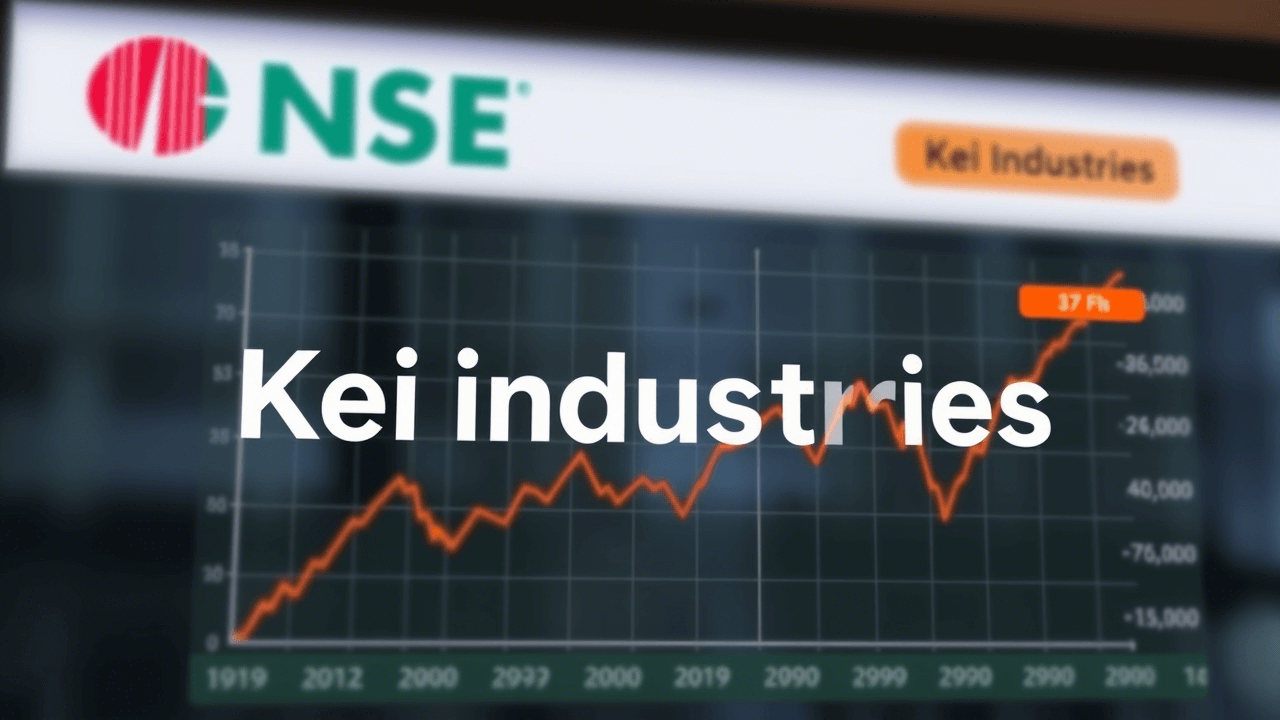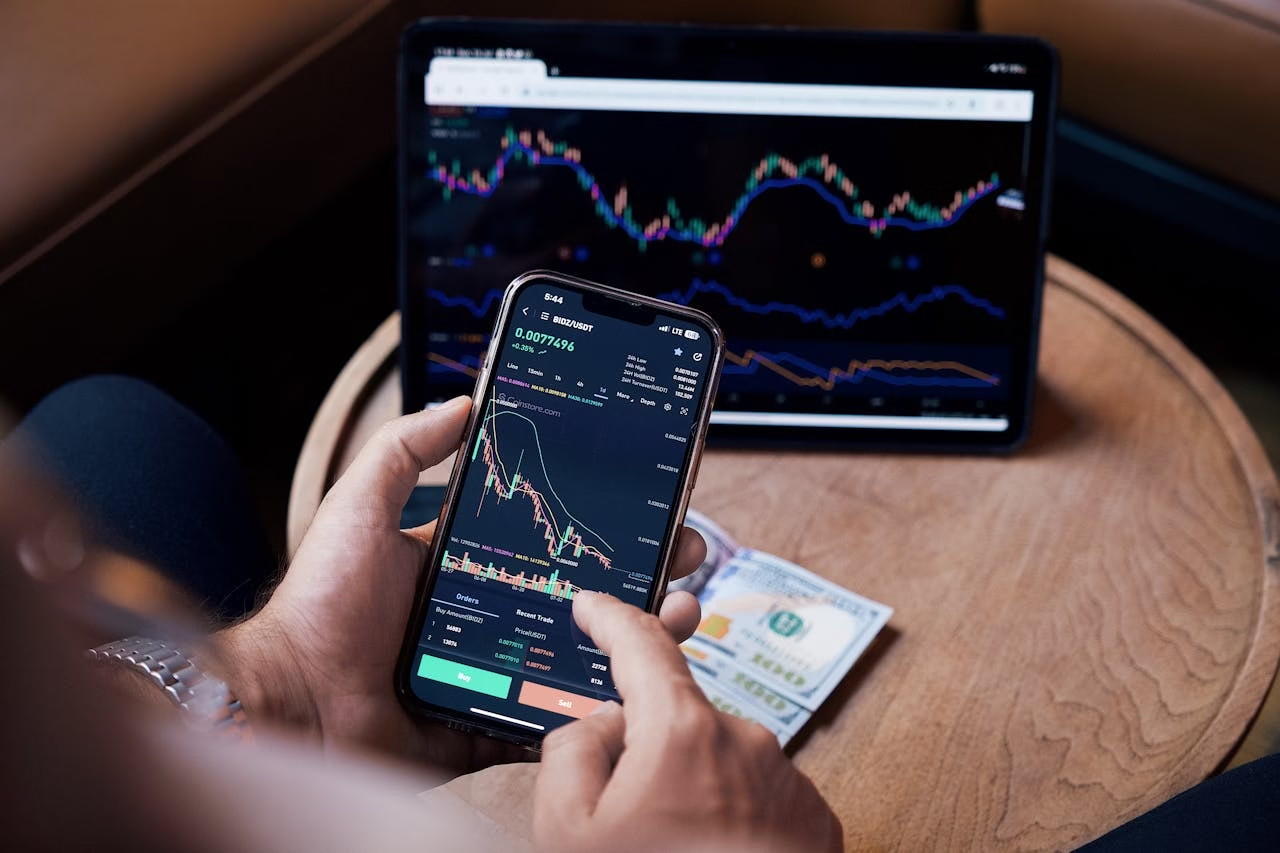
HDFC Bank Share Price Target: When it comes to analyzing the share price target for HDFC Bank, a holistic approach that capably integrates both fundamental and technical analysis is pivotal, especially when considering long-term prospects. Given the time frame of 1-3 years, here’s an in-depth overview which encapsulates the various dimensions pertinent to HDFC Bank’s potential trajectory.
Fundamental Analysis
Company Overview
HDFC Bank is one of the leading private-sector banks in India, known for its robust operational performance and sound management. It offers a wide range of banking and financial services to its diverse customer base.
Financial Health
Reviewing HDFC Bank’s financial statements, the bank has consistently showcased strong earnings, a healthy balance sheet, and a rise in net interest income. The bank’s low non-performing assets (NPAs) ratio indicates proficient credit risk management.
Growth Prospects
HDFC Bank is continuously expanding its footprint in the Indian banking sector with a focus on digital innovation, which may propel future growth. The bank’s initiatives toward financial inclusion and tapping into underpenetrated markets could also contribute to sustained growth.
Dividend Policy
The bank has maintained a steady dividend payout, which is compelling for long-term investors seeking regular income alongside capital appreciation.
Macro-economic Factors
With India’s economy expected to grow over the coming years, the banking sector, especially well-established players like HDFC Bank, may reap significant benefits.

Technical Analysis
Price Trends
Over a long-term horizon, technical analysts would examine the price charts for any persistent patterns or trends. For HDFC Bank, a continued uptrend with higher highs and higher lows on a weekly or monthly chart could indicate a bullish sentiment.
Support and Resistance Levels
Identifying these levels can help in understanding potential breakpoints for the stock. An analysis of historical data will reveal key price points that have acted as barriers to the share’s upward or downward movements.
Moving Averages
Analysts could use moving averages like the 50-day, 100-day, or 200-day to gauge the stock’s momentum and find long-term trends. A long-term MA, such as the 200-day, rising underneath the current price, is typically seen as a bullish indicator.
Volume Analysis
Studying the trade volume may assist in confirming trends; higher volumes accompanying price increases might signal strong buying interest and support for higher price targets.
Oscillators and Indicators
Indicators such as MACD (Moving Average Convergence Divergence), RSI (Relative Strength Index), or Bollinger Bands might be applied for a more nuanced perspective on the long-term prospects. High RSI values could indicate the stock being overbought, while low values may imply an oversold condition.
Share Price Target
Considering the fundamental strength of HDF’s operations and its technical trend indicators, the bank’s share price could exhibit positive growth over the course of the next 1-3 years. While specific price targets require updated and current data at the time of detailed analysis, HDFC Bank’s long-term outlook remains optimistic, with the potential to reach new highs as it capitalizes on the growth opportunities within India’s expanding economy and its own strategic initiatives.
Please note: The provided insights do not constitute financial advice. Investors are advised to conduct their own research or consult with a financial advisor before making investment decisions. Share markets are inherently volatile, and long-term predictions are subject to change based on macro-economic changes, market sentiments, and other unforeseen events. Therefore, it is essential to continuously monitor the stock’s performance and key indicators to make informed investment decisions.
Conclusion
In conclusion, HDFC Bank’s share price target can be considered bullish based on its strong fundamentals, positive growth prospects, and technical indicators. However, investors should also consider external factors that may impact the bank’s performance and adjust their strategies accordingly. Ultimately, a long-term approach and diligent monitoring of the stock’s performance can help investors make informed decisions for their portfolios. So, it is always advisable to conduct thorough research and seek professional guidance before making any investment in HDFC Bank or any other company. Happy investing!
References
- https://www.moneycontrol.com/india/stockpricequote/banks-private-sector/hdfcbank/HDF01
- https://economictimes.indiatimes.com/share-price-targets/hdfc-bank-ltd/prices/companyid-9195.cms
- https://www.investopedia.com/terms/f/fundamentalanalysis.asp
- https://www.investopedia.com/terms/t/technicalanalysis.asp
- https://www.tradingview.com/chart/?symbol=NSE%3AHDFCBANK
- https://www.bseindia.com/stock-share-price/hdfc-bank-ltd/hdfcbank/500180/
- https://finviz.com/quote.ashx?t=HDB
- https://www.livemint.com/market/stock-market-news/hdfc-bank-targets-rural-customers-to-power-growth-in-covid-hit-economy-11607890797631.html
- https://www.livemint.com/companies/news/hdfc-bank-says-digital-revenues-have-doubled-in-the-last-four-years-11612135508764.html






